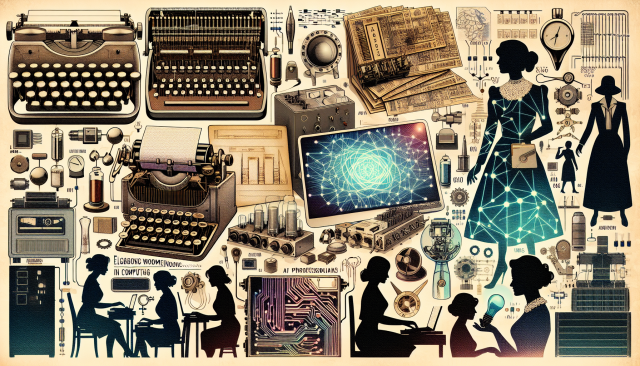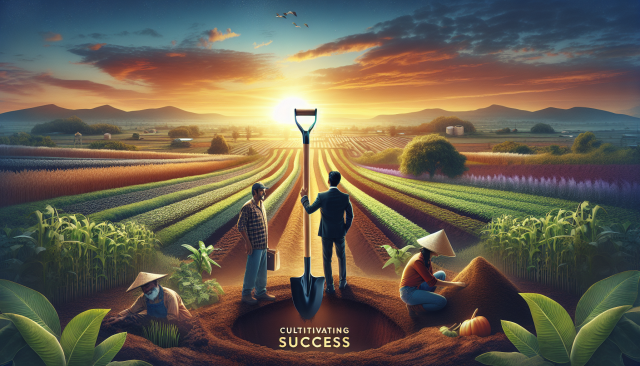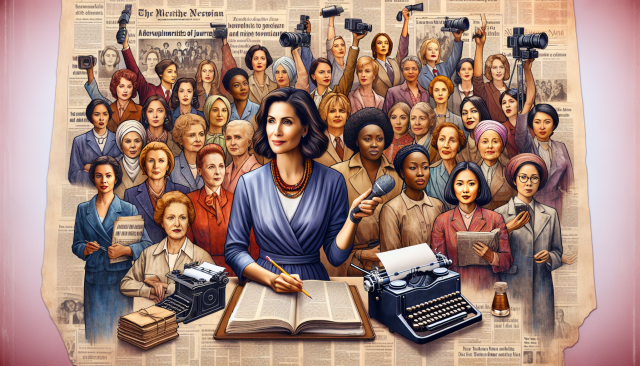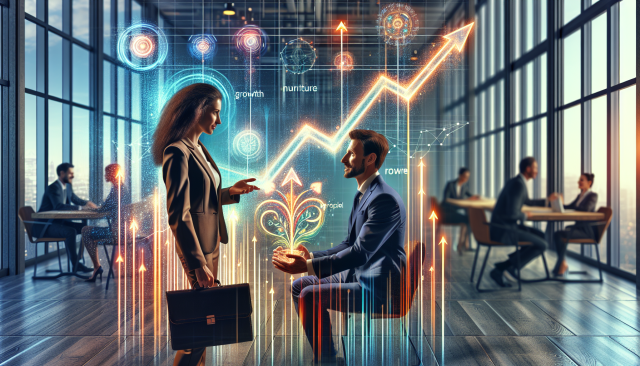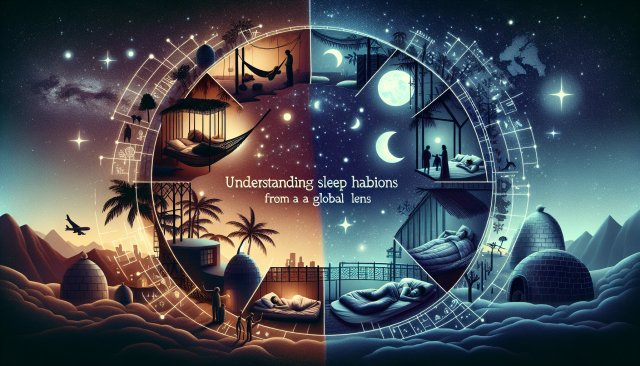Echoes of Innovation: Celebrating Women Pioneers in Computing for AI Professionals
Echoes of Innovation: Celebrating Women Pioneers in Computing for AI Professionals
As we delve into Women’s History Month, a time to honor the remarkable contributions of women in various fields, it’s most fitting to recognize the trailblazers in computing. Women have long been at the forefront of innovation, shaping the field with their insights and creativity, from the era of Ada Lovelace to the dynamic leaders of today. For Analytics and AI professionals, understanding this rich history is not only enlightening but also essential to appreciating the complex tapestry of innovation that underpins modern data science and artificial intelligence.
Ada Lovelace: The Analytical Visionary
In the mid-19th century, Ada Lovelace laid the foundation for computational logic, often hailed as the first computer programmer. Despite living in an era when women’s contributions to science were often overlooked, Lovelace offered profound insights into Charles Babbage’s Analytical Engine. Her vision extended beyond mere calculations, anticipating the machine’s potential for creativity and the generation of complex computations, a concept echoed in today’s AI algorithms.
Her work is a testament to the importance of interdisciplinary thinkinga crucial skill for AI professionals who must blend logic, creativity, and empathy to develop algorithms that resonate with human needs.
Modern Innovators and Leaders
Fast forward to the 21st century, where women continue to break new ground in AI and analytics. Leaders such as Fei-Fei Li have revolutionized the field with advancements in computer vision and cognitive neuroscience. Her contributions have shaped AI technologies that learn from and interact with the visual world, laying the groundwork for innovations that bridge the gap between machine learning and human cognition.
Another luminary, Rana el Kaliouby, has pioneered advancements in emotion AI, focusing on how machines interpret and respond to human emotions. Her work underscores a vital shift towards creating empathic AI systems, a philosophy that encourages a culture of well-being and inclusivityvalues that are indispensable in today’s tech-driven environments.
Cultivating a Healthy-Culture in Tech
At its core, the legacy of women pioneers in computing is one of fostering a healthy-culture within the tech industry. This involves nurturing diverse teams that reflect varied perspectives, which is critical in developing AI systems that are fair, unbiased, and ethical. Companies must strive to create an environment where all voices are heard, and innovative thoughts are encouraged. By celebrating and learning from these trailblazers, we can create workplaces where creativity and empathy thrive in harmony.
As analytics and AI professionals, this Women’s History Month offers a moment to reflect on the contributions of these remarkable women and to commit to building a culture that honors their legacy. Let us continue to draw inspiration from their innovations and embrace the rich diversity they championed, ensuring that the future of computing is as inclusive and transformative as its history.
















